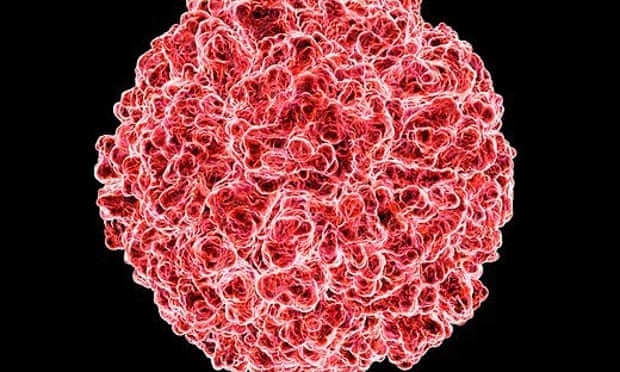A Cure for The Common Cold?
Treating the common cold has never been simple and finding effective options has baffled scientists for centuries.
The common cold is caused, for the most part, by the rhinovirus. Getting infected by the Rhinovirus is as easy as one, two, three since common places of infection include home, school, and the workplace. Unfortunately, many attempts to inhibit the actions of the rhinovirus through the implementation of vaccination and antiviral drugs have been proven to be unsuccessful. The primary reason is that the rhinovirus returns in many forms that can rapidly mutate and thus increasing its ability to be resistant to drug treatments.
However, now researchers believe they can develop new ways to nobble the Rhinovirus which will especially advantageous to those individuals with conditions such as asthma and cystic fibrosis, where a simple cold is a threatening health risk. One of those ways includes producing a drug that will interact with one of the enzymatic molecule that can make it a challenge for the Rhinovirus to become drug-resistant.
Robert Soalri, a co-author of this study and a visiting professor at the National Heart and Lung Insitute from the Imperial College of London, explains that “Viruses hijack the host to make more copies of themselves. This enzyme is one of the host enzymes that the virus hijacks".
The researchers observed molecules that interact with a form of a human enzyme that attaches a fatty acid molecule on to proteins. They found that two of these observed molecules independently had little effect on the studied enzyme, but when these molecules were bounded together they developed a striking potency in inhibiting the enzyme from executing its own normal functions.
Solari believes this is an important biochemical observation because the virus needs the enzyme to assemble its own protein coat that encloses the virus's genetic material.
“What we found is if we block the addition of this fat, the coat doesn’t assemble so the virus doesn’t package its genes into its coat,” he said. “The virus still makes its own genes, it makes the coat, but the coat can’t assemble so the virus can’t replicate – you actually don’t make infectious particles.”
The observed molecules, when bounded create the compound of interest, is believed to completely block the ability of the virus to replicate, and remarkably regardless of when the compound was added whether it is an hour before, an hour after or around the same time as the cells are infected. Furthermore, the addition of the compound in treating infected cells remains effective for up to three hours after infection. This particular approach was studied to inhibit the replication of other viruses that are categorized under the same family as rhinovirus – including polio and foot-and-mouth disease (those that cause polio and foot-and-mouth disease).
Although the compound developed by investigators is successful in treating the common cold, Solari believes there is still a long journey for a cure as the drug will need to undergo many steps beyond the testing of human cells grown on a petri dish. These steps include revolutionizing its development and optimizing the drug's efficacy before its official use as a medicine.

“We haven’t done any animal studies, and we obviously haven’t done any studies in humans, so I can’t tell you formally what the animal toxicity of this compound is,” explains. Additionally, it is unclear on how this particular approach may work by the time symptoms of the common cold appear, which on average are a few days after infection.
“There is a still a long way before this becomes a medicine."
Even if the compound succeeds in passing clinical trials for the common cold, its development will most likely be restricted to only those with respiratory complications such as chronic obstructive pulmonary disease (COPD), asthma, and cystic fibrosis.
“Rhinovirus, the common cold virus, in healthy people is pretty trivial – you have the runny nose, you have a bit of a temperature, you don’t feel well for two or three days, but you get over it,” states Solari.
Sources: Nature Chemistry, The Guardian








